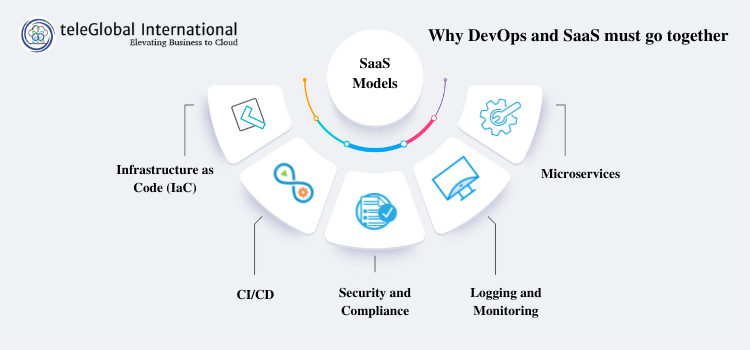Published Date :
In view of the superior agility, scalability, scalability and savings, it is not surprising that more and more businesses are inclined to use software as a service (SaaS) models compared to other public cloud market segments. Gartner’s estimation, end user spending on SaaS solutions worldwide will cross USD 145 billion by the end of 2022. In sync with adoption of software-as-a-service businesses also need to ensure their backup strategy for their applications is in sync. Although SaaS applications provide higher uptime, organizations also need to focus on availability. Another problem area is data deletion—be it by accident or malicious attacks. This is where automation can play a key role—in operations as well as in security.
DevOps’ Role in SaaS
Since one of the primary reasons for adopting SaaS products is productivity, it follows that organizations managing SaaS products enable it. This can be done through speedier and streamlined processes using CI/CD and automated pipelines in the software development lifecycle methodology. Continuous innovation is necessary to keep SaaS products updated; in other words, updates must be created and deployed quickly and regularly.
Ensuring an efficient timeline for resolution will help these organizations maintain high credibility in addressing customer issues in a timely fashion. DevOps can make this happen, for many reasons, including:
- Superior innovation
- Scalability
- Better uptimes
- Higher agility
- Configuration management
- Regular updates
Use Case
When a certain reputed software platform provider wanted to deploy a SaaS product with customizations that could improve cost to deliver, adaptability and scalability, they realized that their deployment module, which was running in multiple instances and clusters, was too complex for the task. The platform provider approached Teleglobal for a solution. Using DevOps-based infrastructure automation, our team helped the customer achieve total deployment automation. We also created a unified dashboard that could seamlessly monitor logs and events across different environments.
As a result the customer achieved several benefits, such as:
1. Faster Time-to-Market: Client onboarding time was reduced to just one week, from the earlier time period of 4-5 weeks.
2. Better Availability: Deployment on DevOps backed by continuous monitoring raised the platform’s availability significantly.
3. Improved Agility: Using real-time monitoring and log analytics, the customer was able to perform root cause identification faster in the event of issues.
DevOps Best Practices for SaaS Models
Infrastructure as Code (IaC)
Development of SaaS applications is fastest through CI/CD, which in turn, requires infrastructure as code (IaC) to be included in the pipeline, and organizations must consider it a priority to include an organized IaC with modules unit tested as a software library, with automated IaC deployments in the pipeline.
CI/CD
Continuous integration enables several benefits, including the ability to:
- Quickly identify challenges and eliminate them
1. Improve software quality
2. Reduce timelines for testing and deployment of newer software updates Continuous Delivery ensures that changes to code are automatically fixed, tested, and readied for deployment.
Security & Compliance
A CI/CD pipeline helps automate the review process for compliance and security—although these are different entities—allowing the organization to take informed actions about which environment will play host to specific code/data. Automating this process allows easy compliance during development, and it improves the development team’s productivity by minimizing time spent on security or compliance issues.
Logging and Monitoring
Continuous monitoring allows the organization to respond quickly to system conditions—such as CPU load, free server space, etc.—in near-real time.
Microservices
Microservices and SaaS go together like peanut butter and jelly. The combination provides organizations with hosting facility, fast recovery, robust solutions, and flexibility to use different programming languages or frameworks, as needed.
Takeaway
DevOps for SaaS provides a mix of tools and practices that can increase speed of application delivery significantly compared to conventional software development. It is, thus, highly recommended that organizations managing SaaS offerings use DevOps to plug the gap between operations and development. This will allow organizations using SaaS solutions to gain and maintain a competitive edge, as deploying DevOps enables zero downtime and continuous delivery.
Need help with your cloud?
"No worries! Our experts are here to help you. Just fill the form and we'll get back to you shortly!"
Our Partners


 +919356301699
+919356301699 hello@anetautomation.com
hello@anetautomation.com
